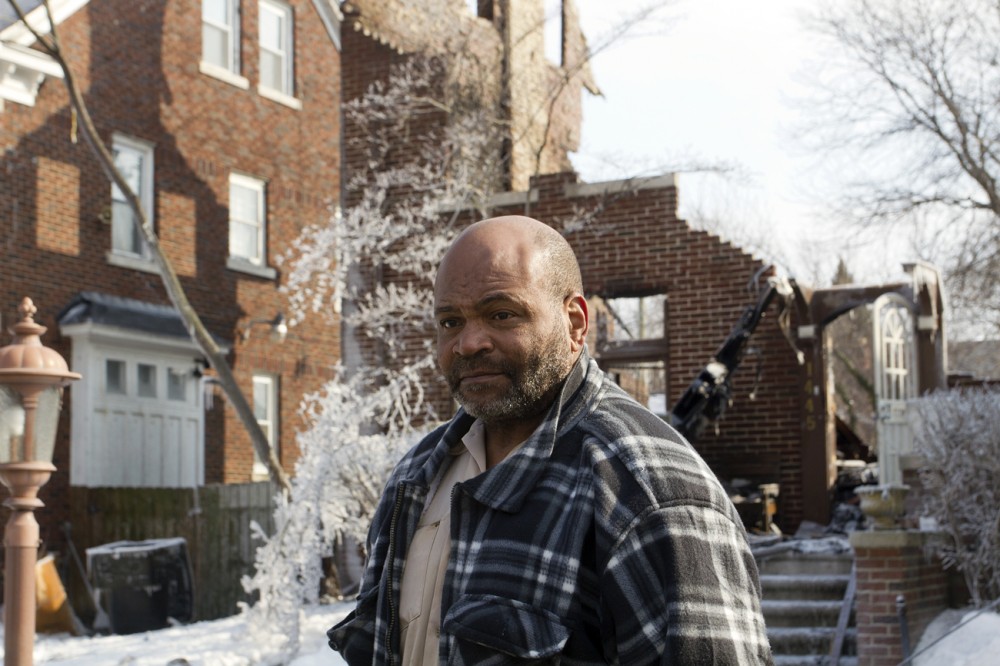
Part one of a series that examines the city’s woeful mismanagement of hydrants and the devastating impact on neighborhoods and residents. premarin 0.625mg
Hayward Graves watched in disbelief as flames consumed his three-story home in Detroit’s stately Boston-Edison Historic District. strattera 60mg
Firefighters had arrived on time to extinguish the basement fire on Feb. 16, but the closest hydrant was out of service. The next hydrant malfunctioned.
“The firefighters did everything they could,” Graves said the next day, his 99-year-old colonial destroyed after burning for nearly five hours. “But what can you do without working hydrants?” zovirax 800mg
The hydrant outside of Graves’ house had been out of service for about seven months because city officials failed to take action, despite complaints from neighbors and firefighters.
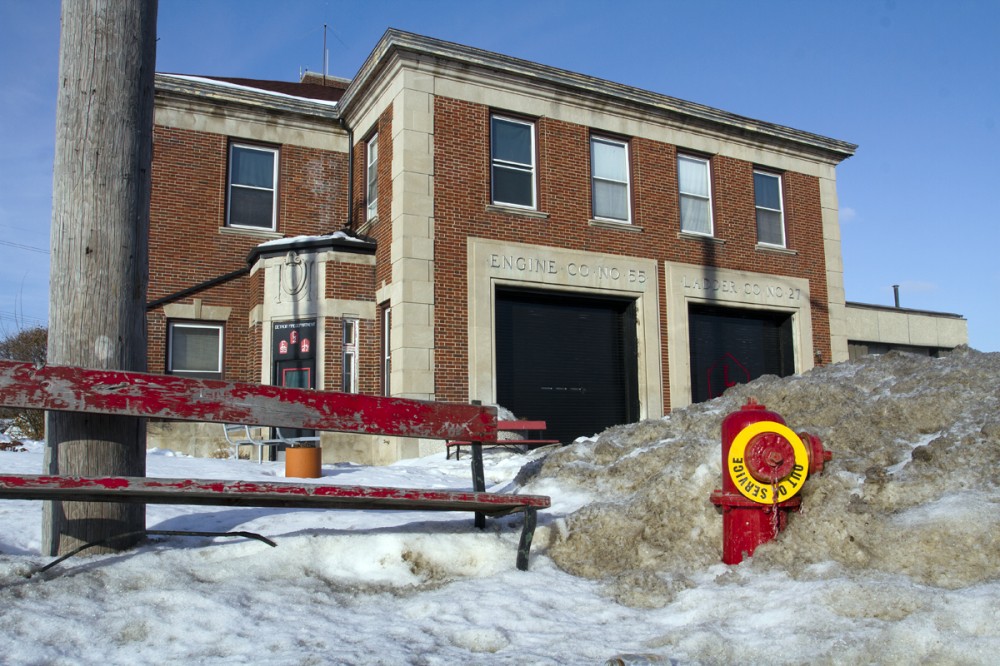
A two-month Motor City Muckraker investigation has found that the city routinely neglects hundreds – if not thousands – of inoperable hydrants, endangering the lives of countless residents by leaving entire blocks of neighborhoods, downtown and Midtown without reasonable access to water. The hydrants, which are the primary weapons against a fire, are out of service in front of occupied houses, apartment high-rises, libraries, senior homes, historic buildings, a hospital, banks, restaurants, factories, religious institutions and even three fire stations.
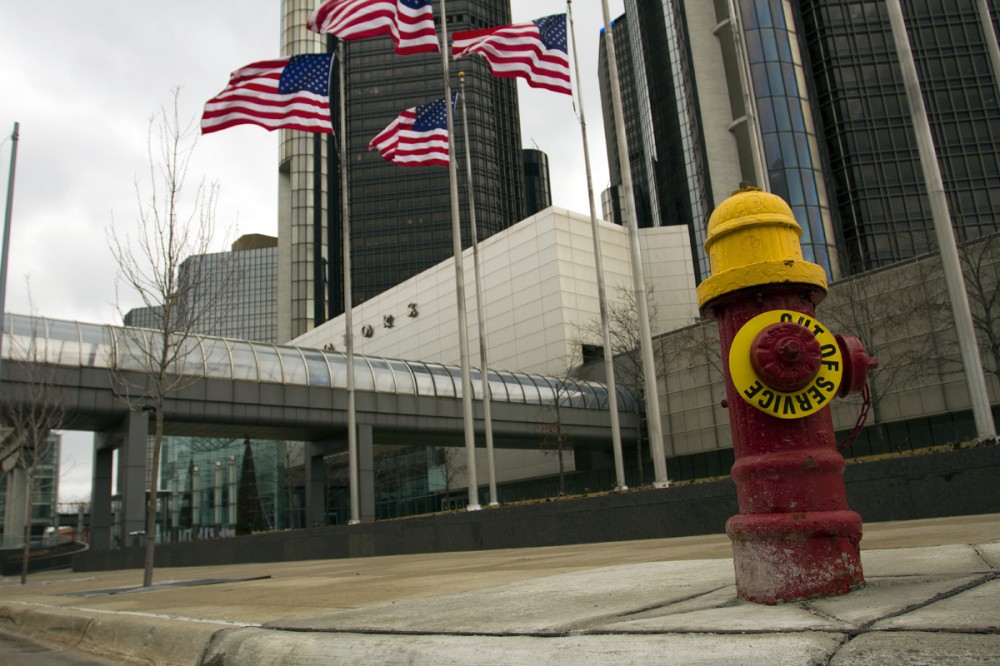
More than 15 downtown hydrants are broken, including ones that protect the GM Renaissance Center, Ford Field, the stately Old Wayne County Building, the YMCA, Cliff Bell’s jazz club, new businesses and one of the city’s oldest churches, the Central Methodist Church, which was built in 1866.
In some areas, including Midtown and historic Rosedale Park, two or more consecutive blocks have no functioning hydrants, which is a violation of federal law and an extreme hazard to residents and property. The National Fire Protection Association requires hydrants to be within 500 feet of a house or building so hoses can reach the blaze.
“We don’t have enough equipment or manpower, and our hydrants aren’t working,” Detroit firefighter Michael O’Lear, of Engine 52, told me. “It’s very dangerous, and the city needs to do something about it.”

The task of maintaining and repairing the city’s 30,000 hydrants belongs to the Detroit Water and Sewerage Department (DWSD), a branch of Mayor Mike Duggan’s administration. Two weeks ago, a DWSD spokesman said the city knew of only 70 broken hydrants, which turns out to be a mere fraction of the real number.
Over the past two months, we surveyed roughly 15% of the city’s hydrants and found 279 that were flagged as inoperable by firefighters. Three more were cracked and gushing water.
The hydrants weren’t on abandoned blocks; they are in neighborhoods and along major roads. They’re outside of businesses, functioning factories and even a DWSD building.
The Duggan administration insisted it had no idea the problem was so widespread and pledged to waste no time correcting it.
“The Mayor has directed DWSD and the Fire Department, along with CIO Beth Niblock, to build a web-based reporting system that will track hydrant inspections, work orders and the status of repairs that can be updated dynamically,” mayoral spokesman John Roach told me. “The system will also allow the public to report broken hydrants.”

What remains unclear is how the administration managed to so poorly mishandle its responsibility over hydrants in a city with the highest arson rate in the nation.
Duggan’s administration has barred fire officials from talking to us and even declined our request under the Michigan Freedom of Information Act to produce a list of bad hydrants, claiming the information “would assist an arsonist to plan and to start a mass fire in those specific areas.”
The city also failed to produce records of hydrant inspections within the timeframe required by law and is now demanding more than $1,000 to turn over the records.
“DWSD continues to address hydrants daily,” DWSD spokesman Greg Enos said Wednesday after getting permission to issue a statement. “However, due to the largely paper-based system that has been in place for years, it’s difficult to get an accurate picture of the overall issue citywide at any given moment, especially since hydrants are constantly being reported and repaired.”

Every day, firefighters are tasked with visually inspecting hydrants and reporting the problematic ones to DWSD. Firefighters usually place a yellow disc on the hydrants to indicate they are broken. But most firefighters have run out and are using yellow caution tape.
The real number of broken hydrants may never be known because the city does not inspect a vast majority by turning them on. Firefighters are told to rely on visual inspections, which cannot detect many problems.
So firefighters often don’t know a hydrant is broken until they need one for a fire. During a three-day period last month, firefighters came across nine bad hydrants while trying to extinguish six fires. The damage was significant.
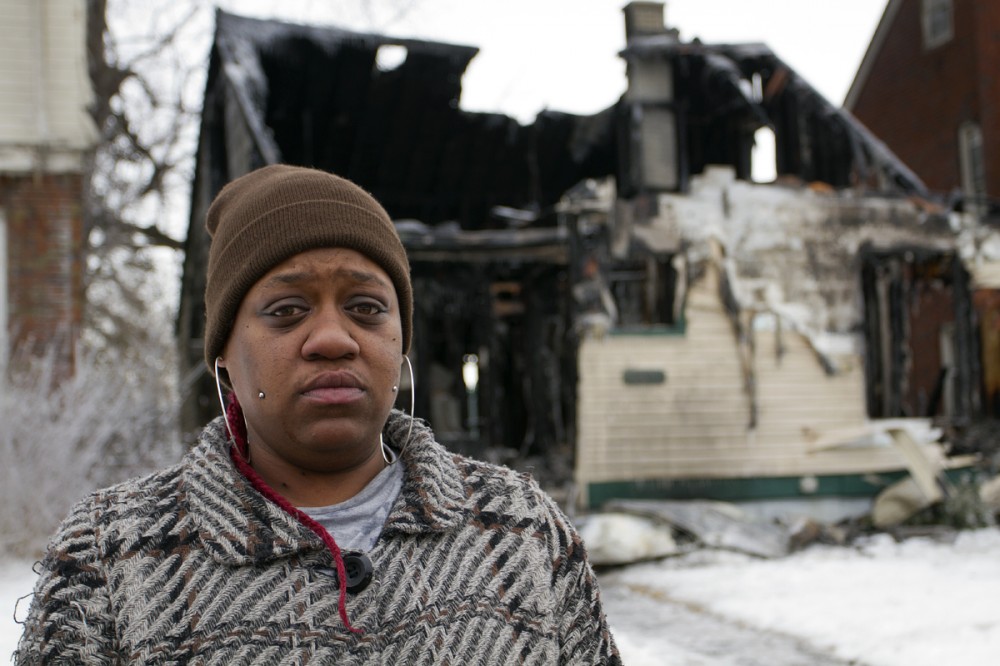
One of the fires started inside the home of Natasha Miller in the early morning hours of Feb. 24. When firefighters tried to hook up the pumper to the nearest hydrant, it was broken. Firefighters dashed to the end of the block at Sorrento and Ellis, but the hydrant was out of service. A half block north, another hydrant was out of service in front of a burned-out house. By the time firefighters found a working hydrant, the fire had consumed Miller’s home and spread to her neighbor’s house.
The next morning, I found Miller standing outside the charred remains of her house, sobbing while she waited for the Red Cross.
“I don’t know what I’m going to do,” she said, tears frozen to the side of her cheeks. “I lost everything. It’s all gone.”
The prospect of a fire has prompted Julie Morris to consider moving back to the suburbs after she started renting an apartment in Midtown, the city’s most stable area with first-rate hospitals, museums and two colleges. Her apartment is on a congested, historic stretch of Prentis that has no working hydrants on two consecutive blocks between Cass and Third. One of the bad hydrants is in front of the popular Bronx Bar. The other two are in front of two tall apartments.
All of the hydrants are wrapped in yellow caution tape:
Other areas of Detroit are just as vulnerable, with two or more blocks without a working hydrant, a serious violation of National Fire Protection Association standards.
In historic Rosedale Park, all of the hydrants are broken on a two-block stretch of Glastonbury, an English-themed street with occupied tudor-style homes and colonials.

Broken hydrants also riddle a neighborhood east of Chandler Park, where firefighters were thwarted by six broken hydrants on Feb. 22. Three of them are on a two-block stretch of Coplin, where Jordan Davis would be out of luck if a fire broke out.
“I worry about fires all the time,” said Davis, 63, whose block has at least four burned-out houses. “But that’s Detroit. You always gotta be looking out for something.”
Identifying and fixing the bad hydrants won’t be easy. Detroit Chief Operations Officer Gary Brown said the city is “reconciling the lists that DWSD and DFD have of the fire hydrants needing repair to make sure crews are getting to all of them as quickly as possible and that none are overlooked.”
Getting money to fix the hydrants is the next step, and Brown said the funding would come from the Great Lakes Water Authority, a newly formed partnership between Detroit and Oakland, Macomb and Wayne counties. The group is tasked with overseeing operations of the city’s water department.
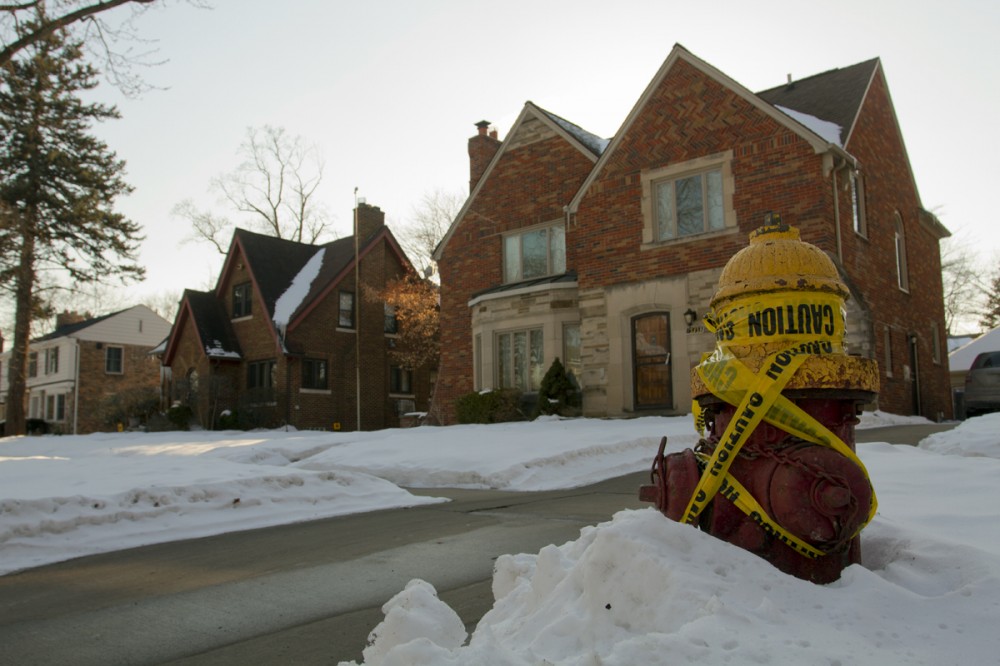
“Ultimately, the solution is major capital investment in our water system, which is why it is so important for the Great Lakes Water Authority to get off the ground,” Brown said. “When it does, we will have access the $50 million a year we can use to rebuild Detroit’s water system and replace more broken hydrants. We already have DWSD crews assessing all of our underground assets including the hydrants, which will be placed at the top of the list in terms of priority when this funding becomes available.”
Our series on bad hydrants continues tomorrow as we explore the reason the hydrants are breaking. We’ll also post a photo of every broken hydrant that we found. The series will continue through next week.
This is part of our yearlong examination of every fire in Detroit. Please consider a contribution so that we can continue to monitor the beleaguered, long-neglected fire department.
Other stories in the series:
- Underreporting arson? Fire Department to change figures after our report.
- Man dies in house blaze just blocks from recently closed fire station
- First week of February: Fires kill 2 brothers burn 26 houses, rigs malfunction
- What can go wrong in a day? Just about anything for Fire Department
- January: Breakdown of all 220+ fires with photos of each
- Firefighters threatened with discipline for taking donations, talking to media
- Strangers rescue toddler, mom from burning home but too late for grandma
Steve Neavling
Steve Neavling lives and works in Detroit as an investigative journalist. His stories have uncovered corruption, led to arrests and reforms and prompted FBI investigations.

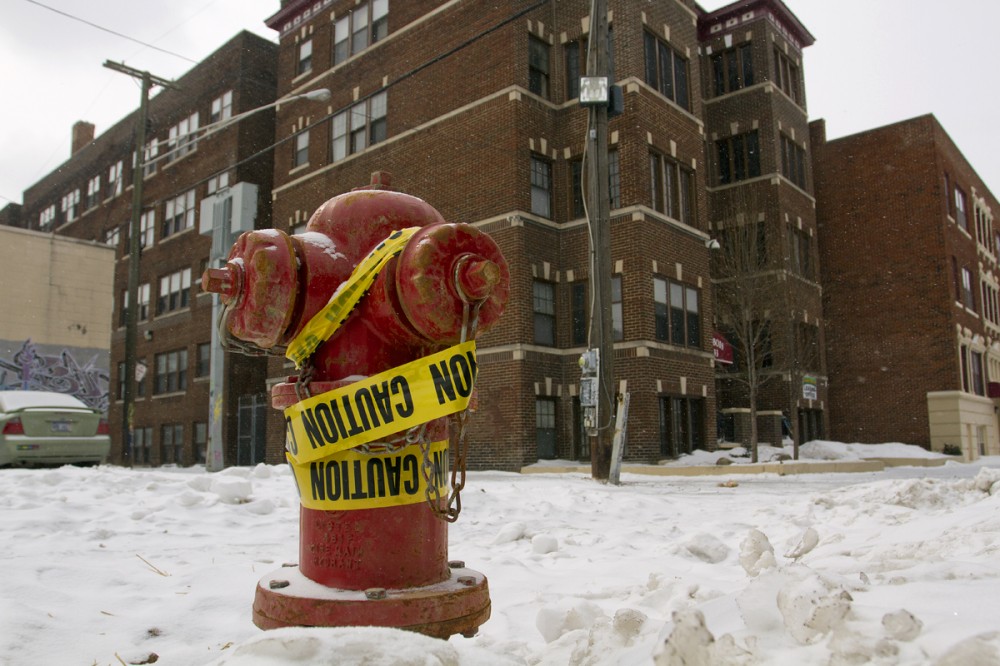
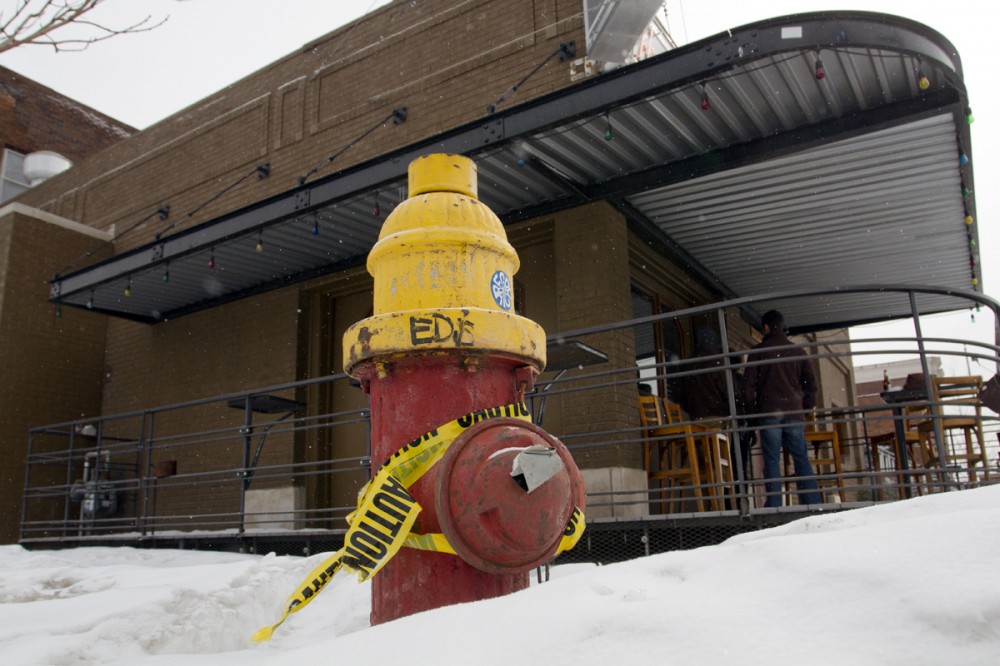
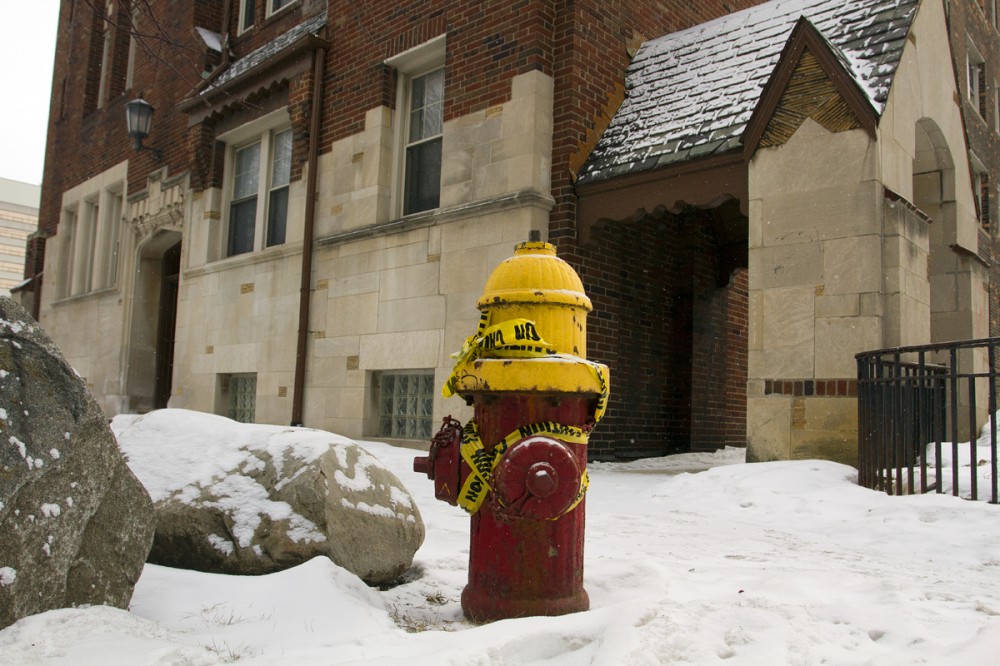
17 Responses to "Exclusive: Detroit neglects hundreds of hydrants in downtown and neighborhoods"